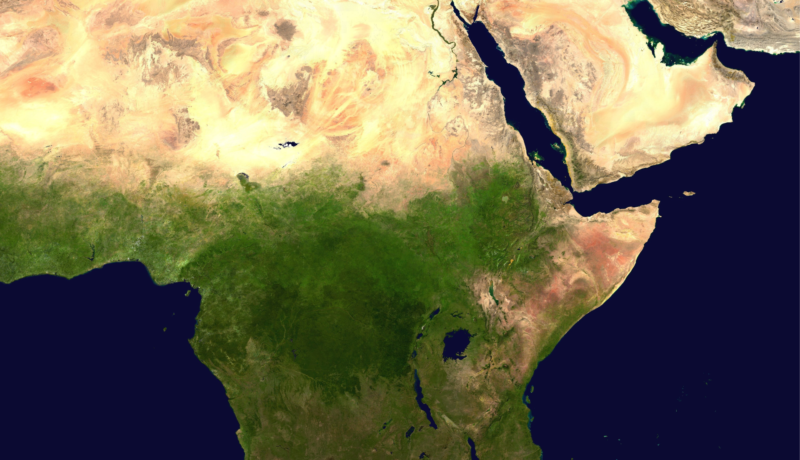The High Risk Area (HRA) will no longer be in place from 0001 UTC on 1 January 2023.
After ongoing reviews of the risk of security and piracy in the Indian Ocean and Southern Red Sea the International Maritime Organisation (IMO) announced the removal of the HRA in August 2022 on behalf of ICS, BIMCO, IMCA, INTERCARGO, INTERTANKO and OCIMF. The termination of the HRA reflects the reduced threat of piracy related incidents in the region.
The industry will continue to monitor maritime security threats in the region through the dynamic approach to the provision of security guidance developed by the industry to make owners, operators, charterers, and seafarers aware of where identified threats maybe encountered, allowing them to risk assess their routes and take appropriate mitigation measures.
Background
The Indian Ocean HRA was established in 2010 at the height of the Somalia piracy threat. According to the website Statista the number of pirate attacks against ships worldwide peaked in 2010 at 445 and the IMB Piracy Reporting Centre recorded 237 attacks in the Indian Ocean by Somali pirates at its peak in 2011.
The HRA is a region considered to be higher risk of piracy and where extra vigilance and protective measures are required. Since its peak over two decades ago, the rates of maritime crime and piracy through all main trade routes in the Indian Ocean have declined significantly due to over 15 years of successfully coordinated efforts by international stakeholders to provide an effective Holistic Maritime Security System.
In September 2021 the HRA boundaries were reduced, and this area will be removed altogether from 1 January 2023.
What does this mean for fleet managers and mariners?
This declassification of the HRA may lead to assumptions regarding a lack of risk in the region. The threat of piracy has been suppressed (but not eliminated) and you should ensure you are aware of the wider threats in the region.
Industry bodies recommend that vessels and seafarers passing through the area after the declassification consider continuing to take precautions that are currently required, like the application of BMP5 procedures together with other mitigation measures, such as Private Armed Security.
The Voluntary Reporting Area (VRA) administered by UK Maritime Trade Operations (UKMTO) has not changed. Therefore, ships entering the VRA are encouraged to report to the UKMTO and register with the Maritime Security Centre for the Horn of Africa (MSCOH).
At Securewest, we recommend you evaluate and understand the threats and know the requirements of your insurance company, which is not just relevant for this region but other higher risk transit routes around the world. Understanding the risks of an area or route allows you to make informed decisions about the type of security and safety measures you need in place to protect your cargo, vessel and crew and adhere to best practice.
What can you do?
The International Chamber of Shipping issued BMP5 in 2018. The Best Management Practices to Deter Piracy and Enhance Maritime Security in the Red Sea, Gulf of Aden, Indian Ocean and Arabian Sea publication aims to help ships plan their voyage and to detect, avoid, deter, delay and report attacks. Following the recommendations in this publication will make a difference to the safety of seafarers.
Intelligence reports will give you an overview of the risk and threats historically, and in real-time for the route of your vessel as well as the departure and arrival ports. They present you with the information in an easy to decipher format and provide an invaluable tool for your CSO.
Should a security incident occur, such as attempted piracy, your Ship Security Alert System (SSAS) should be initiated to raise the alarm ashore so that help can be deployed to the scene and the key authorities / people notified.
For information on Intelligence and SSAS monitoring services Securewest provide please contact info@securewest.com
